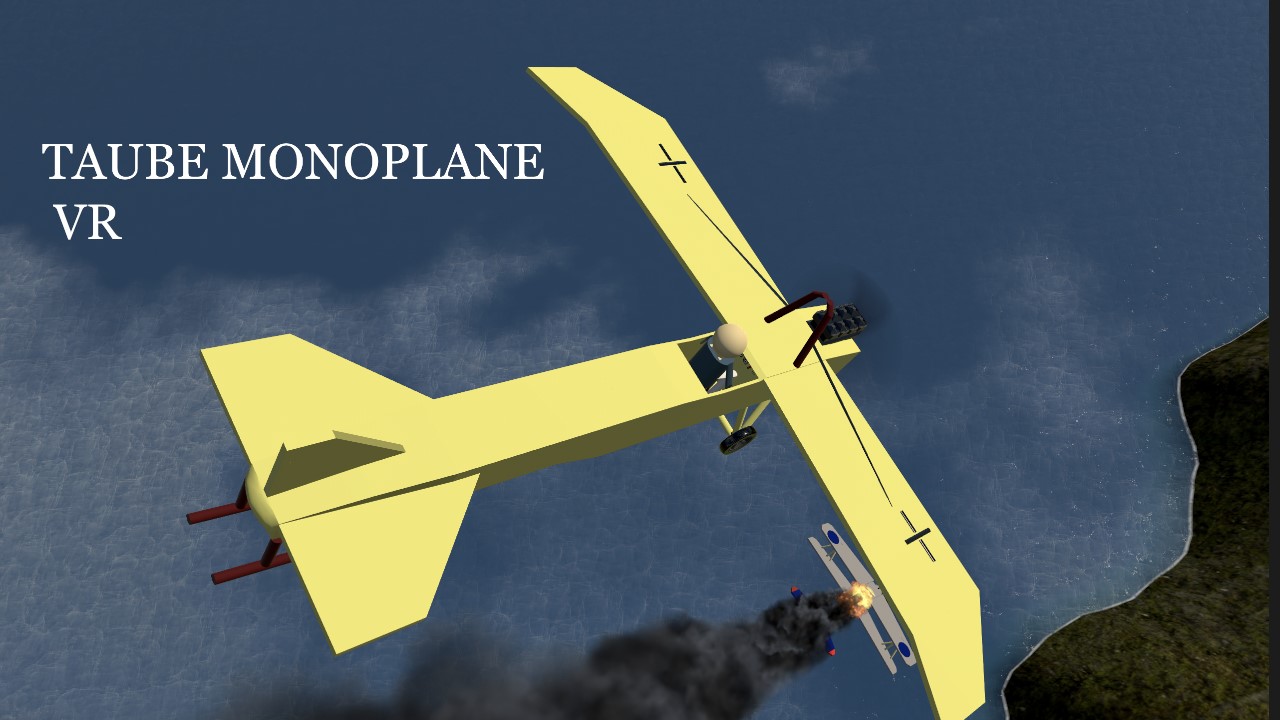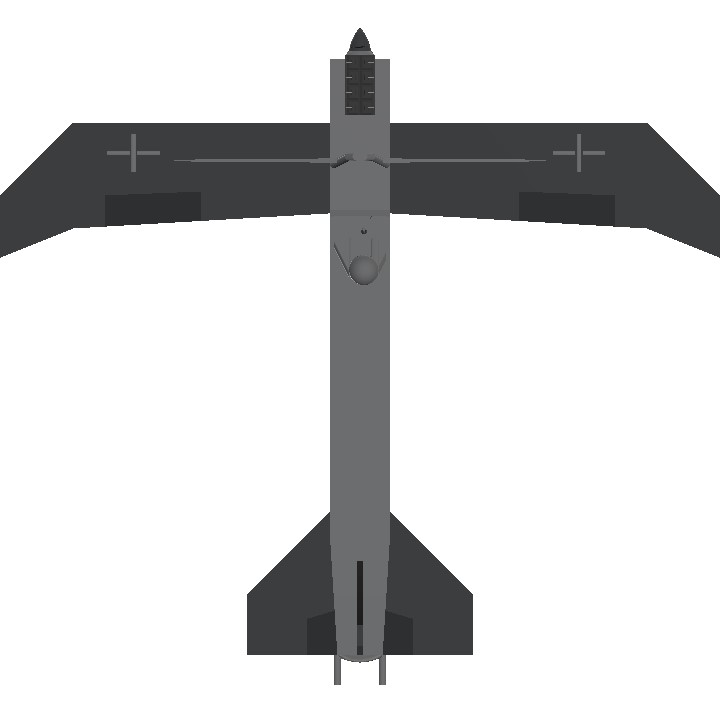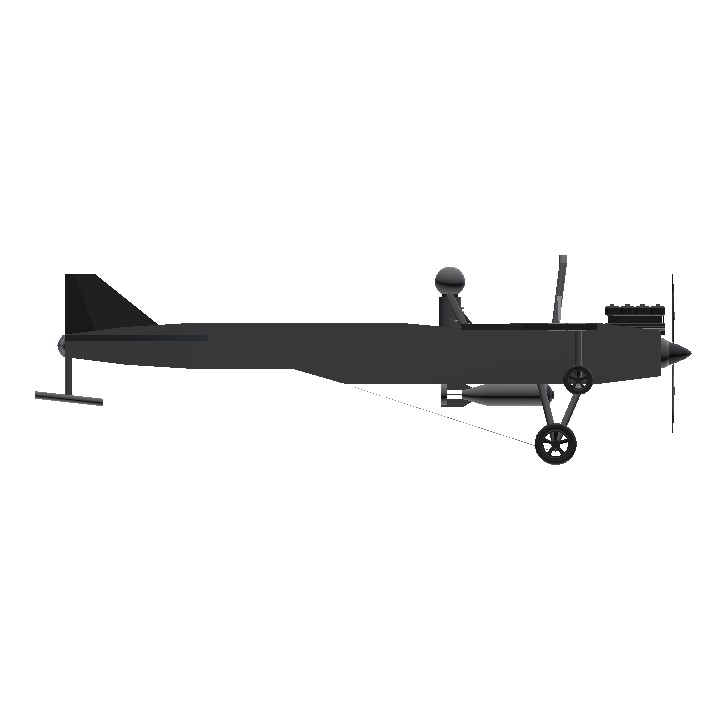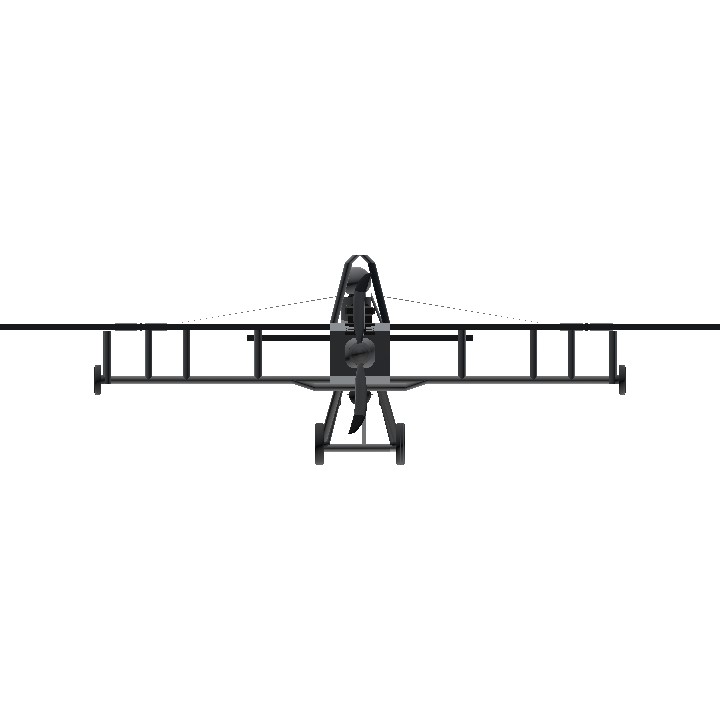HISTORY
The Etrich Taube, also known by the names of the various later manufacturers who built versions of the type, such as the Rumpler Taube, was a pre-World War I monoplane aircraft. It was the first military aeroplane to be mass-produced in Germany.
The Taube was very popular prior to the First World War, and it was also used by the air forces of Italy and Austria-Hungary. Even the Royal Naval Air Service operated at least one Taube in 1912. On 1 November 1911, Giulio Gavotti, an Italian aviator, dropped the world's first aerial bomb from his Taube monoplane over the Ain Zara oasis in Libya. Once the war began, it quickly proved inadequate as a warplane and was soon replaced by other designs.
DESIGN AND DEVELOPMENT
the Taube was designed in 1909 by Igo Etrich of Austria-Hungary, and first flew in 1910. It was licensed for serial production by Lohner-Werke in Austria and by Edmund Rumpler in Germany, now called the Etrich-Rumpler-Taube. Rumpler soon changed the name to Rumpler-Taube, and stopped paying royalties to Etrich, who subsequently abandoned his patent.
Despite its name (Taube means "dove"), the Taube's unique wing form was not modeled after a dove, but was copied from the seeds of Alsomitra macrocarpa, which may glide long distances from their parent tree. Similar wing shapes were also used by Karl Jatho and Frederick Handley Page.[citation needed] Etrich had tried to build a flying wing aircraft based on the Zanonia wing shape, but the more conventional Taube type, with tail surfaces, was much more successful.
Etrich adopted the format of crosswind-capable main landing gear that Louis Blériot had used on his Blériot XI cross-channel monoplane for better ground handling. The wing has three spars and was braced by a cable-braced steel tube truss (called a "bridge", or Brücke in German) under each wing: at the outer end the uprights of this structure were lengthened to rise above the upper wing surfaces, to form kingposts to carry bracing and warping wires for the enlarged wingtips. A small landing wheel was sometimes mounted on the lower end of this kingpost, to protect it for landings and to help guard against ground loops.
Later Taube-type aircraft from other manufacturers replaced the Bleriot type main gear with a simpler V-strut main gear design, and also omitted the underwing "bridge" structure to reduce drag.
Like many contemporary aircraft, especially monoplanes, the Taube used wing warping rather than ailerons for lateral (roll) control, and also warped the rear half of the stabilizer to function as the elevator. Only the vertical, twinned triangular rudder surfaces were usually hinged.
HOW TO FLY
AG1=engine
Specifications
Spotlights
- This craft is curated
General Characteristics
- Created On Mac
- Wingspan 39.1ft (11.9m)
- Length 35.3ft (10.8m)
- Height 11.4ft (3.5m)
- Empty Weight 3,585lbs (1,626kg)
- Loaded Weight 5,080lbs (2,304kg)
Performance
- Horse Power/Weight Ratio 0.098
- Wing Loading 20.0lbs/ft2 (97.5kg/m2)
- Wing Area 254.3ft2 (23.6m2)
- Drag Points 7378
Parts
- Number of Parts 88
- Control Surfaces 5
- Performance Cost 392




